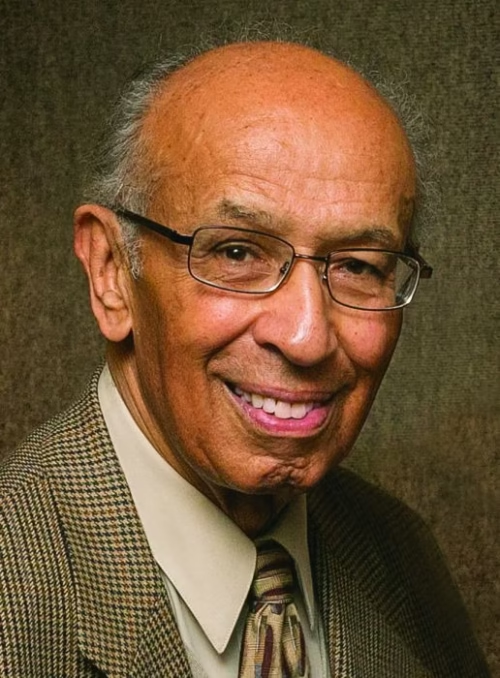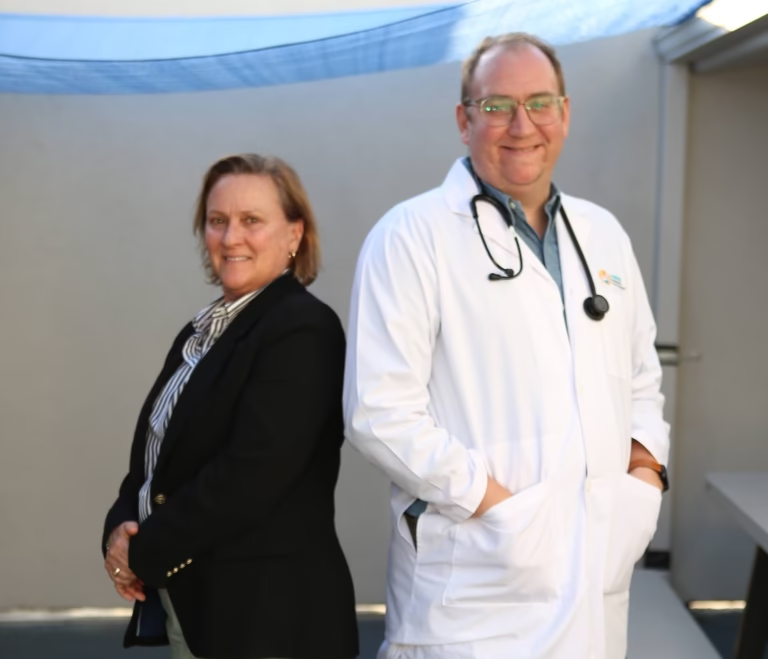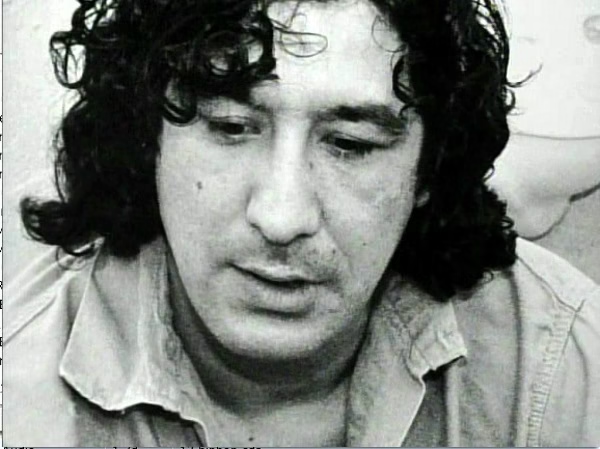Editor’s note: An earlier version of this story indicated Jasmine has been teaching for 19 years, rather than 20 years. And the Psycho Dance genre that she was a part of was strictly an underground scene, and did not perform at contemporary venues.
Jasmine’s upcoming show will be Feb. 15, rather than Feb. 8.
We regret the errors.
Jasmine Albuquerque’s Inspiring Oeuvre as a Dancer
The renowned contemporary dancer and choreographer Jasmine Albuquerque fell in love with dance at 9 years old.
She now lives in San Pedro where she holds a weekly, all-levels contemporary dance class called, ‘Pulse’ at Angels Gate Cultural Center on Sundays at 2:30 p.m. She has been teaching dance for the past 20 years in and around Los Angeles, Copenhagen, Denmark and Mexico.
Jasmine grew up on a mountain in Los Angeles. Back then, she recalled never having a ride home after school because her mother — the famous multidisciplinary artist Lita Albuquerque — and stepfather were always working. So, she hung out with her friend, who took ballet lessons after school. She watched her class “over and over” and soon started doing ballet herself.
Jasmine is a tall woman, with a blonde mane and blunt bangs (freshly colored peach), a big smile, and perfect posture. But her body and her size 12 feet weren’t made for ballet, especially not pointe shoes (she is 6 foot, 4 inches on pointe). As she grew, she shifted to jazz dance. By the age of 20, Jasmine moved to Budapest, Hungary to train in contemporary dance at The Edge Performing Arts Center. During the interim, she attended UCLA and earned a degree in history, which she said was very strange, because dance and art were such a big part of her life.
Jasmine started teaching at 21. Many women in their 40s took her class. She said she was very nervous … “like they should be teaching me.” She had each student walk across the floor and told them to “please stop at the end of the studio and look at yourself in the mirror for 10 seconds, and don’t fidget. Not a single person could do it.”
These days she choreographs, dances, and instructs. She co-founded the dance company WIFE and has performed with companies such as Hysterica, Blue13 Bollywood, Collage Dance Theater and Ryan Heffington’s Fingered, and has done movement direction for Beyonce, Rihanna and Jennifer Lopez. She has performed at venues including the Hammer Museum, Zebulon, the El Rey, the Wiltern, MOCA, The Ford, The Orpheum, and LACMA. Jasmine continues to choreograph live shows, commercials, and music videos, and she does movement direction for various bands.
As a dancer and someone in touch with her body, she said it’s very important to keep her cognitive and physical alignment. She noted that as someone who’s very curious, she’s had a lot of cognitive and physical disalignment and knows what it feels like on the other side. So she keeps it in check. With exercise you release beta endorphins, she said.

Jasmine Albuquerque “I’ve always said, [dance] is a form of health care.” Photo by Arturo Garcia-Ayala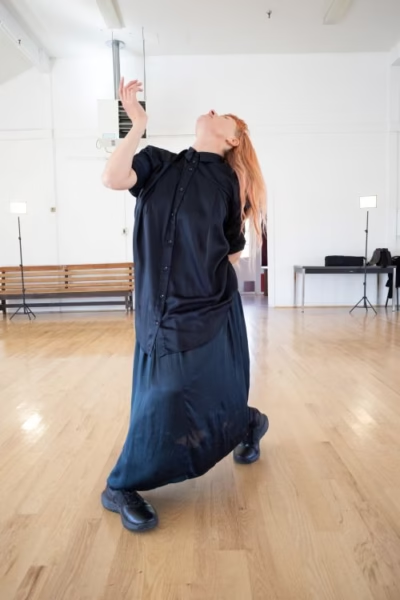
The proof is in seeing her students change from taking her class, some of who’ve been with her for more than 15 years.
“I’ve not only seen them grow as dancers and as movers but [they tell me] ‘I slept for the first time after your class,’” said Jasmine. “‘I got a job because I took your class. It’s a confidence thing. Being in a studio and looking at yourself in the mirror and moving your body is very intimidating.’
“So, I realized in my twenties I have to teach confidence … and be in a safe space where we can do that, and that’s why the dance studio is such a sacred space,” Jasmine said. “It’s important … [to] get in touch with whatever you’re going through and meditate.”
Something that dancers do, which is very difficult, is turn off their brains, Jasmine said. She didn’t master that skill until she was 16 or 17. She stopped thinking of dance, of movement, and analyzing it. It took her almost eight years, but she noted, “It’s the best thing ever. I try to teach that to people. It’s been proven that dance can help with depression. I’ve always said, [dance] is a form of health care.”
When she returned to the States, she began dancing with Grammy-Award-winning dancer/choreographer Ryan Heffington (in the early-1990s, Heffington created ‘Psycho Dance’ genre). Jasmine noted that Heffington became famous from the Chandelier video by Sia with Maddie Ziegler, which has over 2.7 billion views.
“Ryan carved the underground contemporary dance scene in LA and I met him when he was doing Psycho Dance, which is basically what it sounds like psychotic dancing,” said Jasmine. “But it’s really a … sneak performance in a nightclub when no one expects it to happen.”
They did monthly dance performances. By midnight, the dancers would emerge fully costumed and perform a whole show for about 30 minutes of “Psycho Dance” contemporary choreography. This was an underground, word of mouth scene and if you knew, you knew. Jasmine danced with “Fingered” during its heyday, around 2007 to 2008 and continued to make work in the nightclub scene for years after that.
“I’ve been working and learning from Ryan for 20 years,” Jasmine said. “He taught me how to dance in small spaces because I was used to stages and looking out and seeing darkness and not having to interact. Then all of a sudden, I’m in a nightclub and my ex-boyfriend’s there, my mom’s there and have to look at them while I’m dancing in my underwear and crawl through their legs and someone’s hair catches on fire and a drunk guy walks out and the DJ’s on speed. I mean, just gnarly shit happened … it was debaucherous.”
Jasmine said she wasn’t ready for this scene. But as a performer it was intriguing to her; she wanted to learn what these “amazing” dancers were doing.
“[Ryan] taught me so much about performing, being face-to-face with your audience, taking the fourth wall down completely, rolling with the unknown.”
Jasmine has been involved in dance in many capacities over the span of her career. She has danced in companies owned by others. She once owned her own dance company. She said she is now in a place creatively where she approaches commissioned choreography with just music and an empty mind. She also looks to dancers she’s worked with over the past 20 years to help her translate what she’s trying to get out of her brain and then they take it to the next level.
“There are very emotionally powered dancers, who are incredible. There are very technically powered dancers. And there are the ones who can do both of those…[they] are really special. And then, there are the dancers who can channel past lives when they dance. Those were the dancers I met when I connected to Ryan Heffington and Fingered. [They’re] so special, the way that they tap into their ancestors. It was next level.”
Jasmine finds it beautiful to be an older dancer because she witnesses what younger generations bring and what they don’t; what her generation went through and what the younger one is going through.
“It’s about the collaboration between dancers’ bodies and [it’s] also [about] choreographers and dancers and what each one is trying to say. Dancers give so much, often to the point of obliterating their bodies for peanuts, which is what dancers did in my generation … because they love it. Now, there’s definitely more shift towards mental health and respect …. we’re trained to do this … we need to be respected.”
Jasmine told a funny story about moving to San Pedro. First, she gave birth at home when she and her partner Emeka lived in Echo Park. About a year later, COVID-19 broke out. LA’s East Side was always her stomping ground, but in Echo Park, things got very shady and she said she couldn’t bring up a baby in that environment.
About that time, for Emeka’s birthday, the couple rented a classic 1973 Electra and drove along on Paseo del Mar. Jasmine thought this place and everything that day was beautiful and romantic. Subsequently, her mother and stepdad wanted to invest in buying a property, so they bought a home here and Jasmine and her little family have rented it since 2020.
“We kept looking at each other like we were on vacation. It’s quiet. It’s nice. People are very family-oriented, it has beautiful parks and the ocean. So it was a shift. And meeting the cool folks and so many rad people in this town, just took a minute. And I’m really happy I found Angels Gate and was able to start teaching there.”
Jasmine once said, “I love how as a dancer gets older, her body breaks down but her emotional capacity gets stronger. It is this crossroads that I am most interested in.”
She recalled her personal discovery at this crossroads, which goes back to emotionally strong dancers, technically strong dancers, and dancers who can channel past lives as they dance.
“If you can enhance … and connect with that part of you — because so much of this is about feeling and letting go of the traumas and the things you’ve been through — dance is healing,” Jasmine said.
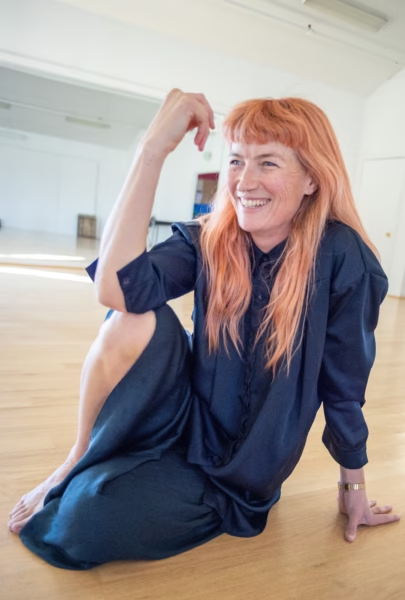
Coming up, Jasmine was asked to curate a show on Feb. 15 for Heidi Duckler Dance. Associate artistic director Raymond Ejiofor asked Jasmine to curate a show for a salon called Truth and Consequence. Jasmine wants to make it a platform for younger dancers/choreographers who don’t often get those opportunities.
Details: https://jasminealbuquerque.com





